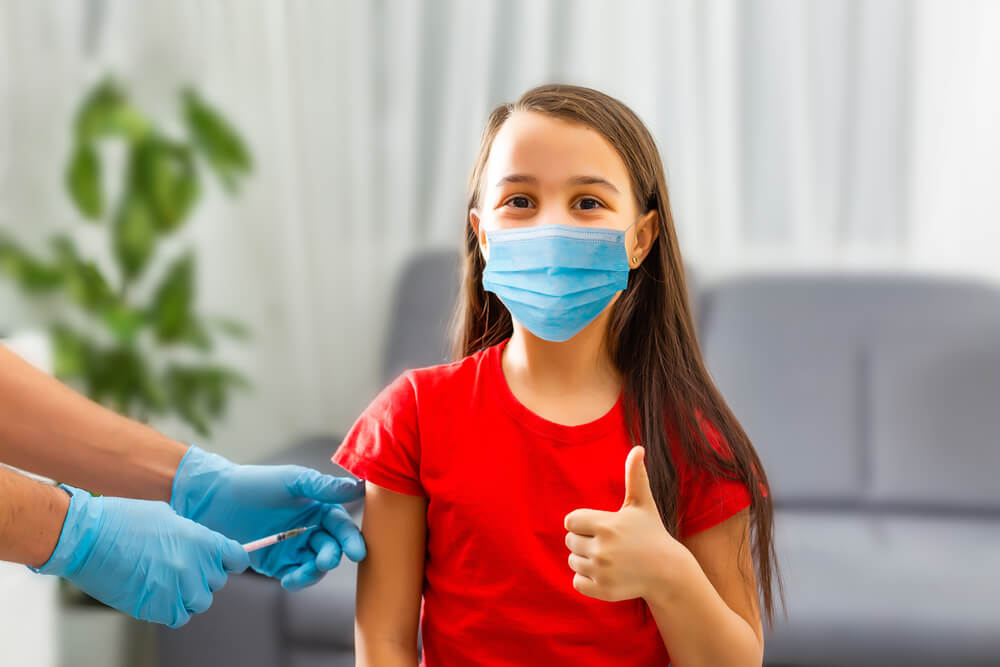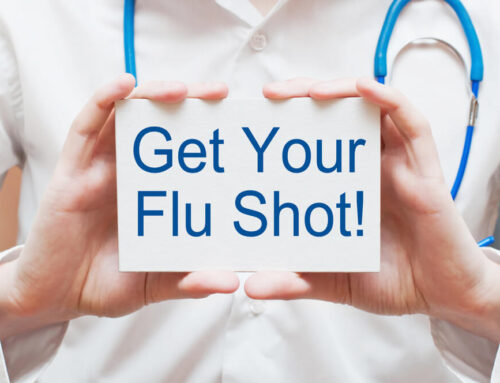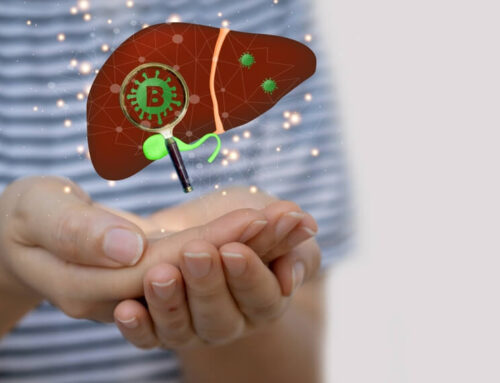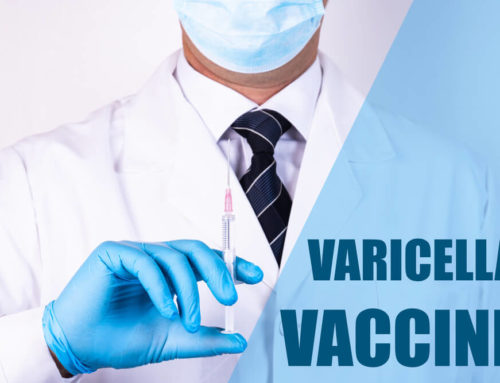Varicella, commonly known as chickenpox, is an infectious disease that spun a web of medical concern before the advent of immunization. Once considered a rite of passage in childhood, the severe complications associated with this virus compelled the medical fraternity to seek preventative measures. Vaccine-preventable diseases saw a significant reduction with the introduction of the Varicella-Zoster immunization, acting as a solid fortress against the onslaught of chickenpox.
The varicella vaccine percolated into the standard childhood immunization schedule, offering shielded assurance to countless families from the threat of this virus. Conclusively staking its claim as a pivotal tool in pediatric healthcare, varicella immunization now leads the vanguard in preventive healthcare practices.
Despite these strides in healthcare, the conversation often circles back to the same pivot of benefits versus side effects of the varicella vaccine. A comprehensive understanding of these aspects is essential to making informed decisions about immunization. It’s significant to grasp the exhaustive lens on these areas, stepping beyond the surface knowledge. So, let’s delve into a detailed exploration of the varicella immunization shots, mapping its benefits and any potential side effects it may harbor.
As with many aspects of healthcare, knowledge equates to power. An understanding of varicella immunization empowers individuals to make informed decisions about their health or their children’s health. Individuals can confidently navigate their healthcare decisions without regret and uncertainty by exploring every facet of varicella immunization.
Understanding Varicella and Its Vaccination
Characteristics of the Varicella Virus
The Varicella-Zoster Virus (VZV) is notoriously known for causing chickenpox, a highly infectious disease that predominantly affects children. This virus spreads through direct contact with the rash or the air when an infected individual coughs or sneezes. A classic rash, fever, and malaise characterize the disease. While often mild, it can lead to severe complications such as bacterial skin infections, pneumonia, and encephalitis and, on rare occasions, can be fatal.
Auspiciously, the medical sector engineered a potent weapon to confront this viral adversary – varicella immunization. Introduced in 1995 in the United States, the vaccine dramatically reduced the instances of chickenpox, saving numerous children from this once-too-familiar disease.
The Varicella Vaccine: An Overview
Also known as the chickenpox vaccination, varicella immunization is a tangible wall of protection against the varicella virus. Often administered as a two-dose vaccination within the standard pediatric immunization requirements, it contains a weakened varicella virus that triggers an immune response, educating the body’s defense system to combat and prevent chickenpox.
The vaccine administration generally commences around a child’s first birthday, finding its place on the childhood immunization schedule as the first dose of the varicella vaccine. The schedule then marks the second dose of varicella vaccination between ages four and six, sealing the preventive guard against the virus.
Ensuring the accuracy of the immunization record varicella is crucial to avoid missed or duplicate doses. Healthcare providers then tally this record with the specific schedules to confirm if a child is fully vaccinated. The consistent triumphs of the varicella immunization shot have amplified its importance, making it integral to disease control mechanisms.
However, it’s not just children who can benefit from this shield of protection. Unvaccinated adults who have never contracted chickenpox can also avail of the vaccination, extending the ambit of this prevention strategy.
Comprehending the varicella vaccine’s function and administration is vital to understanding the holistic picture of varicella immunization. Another crucial part of this jigsaw is recognizing and realizing potential side effects, just as significant as understanding the ability of the vaccine to guard against this potentially severe illness.
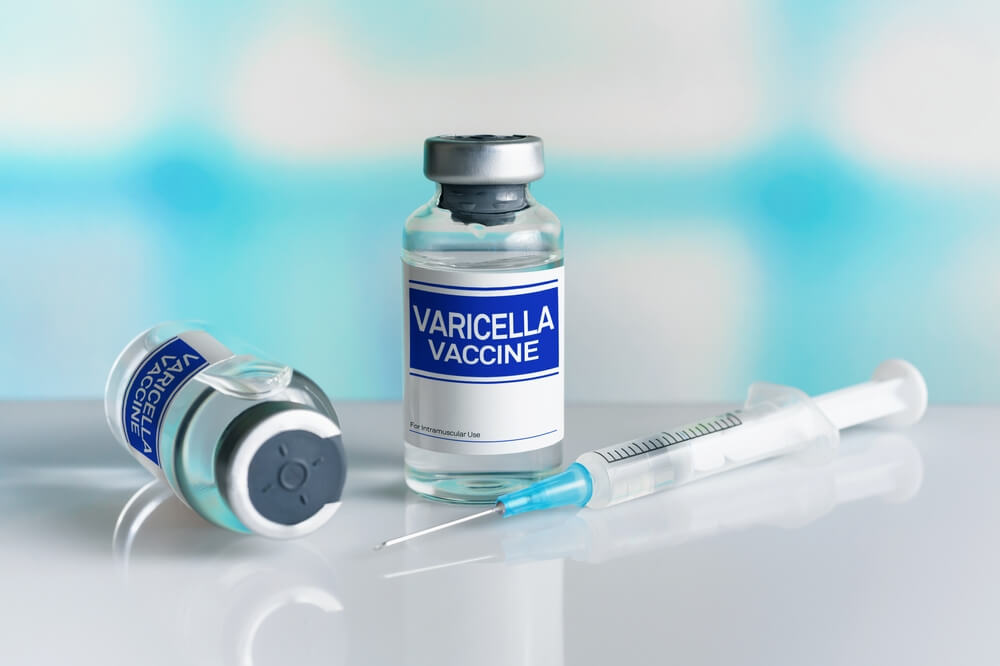
Benefits of Varicella Immunization
Proactive Health Protection: Reduction of Disease Incidence and Severity
The introduction of varicella immunization is a milestone in proactive health protection, significantly reducing the incidence and severity of chickenpox disease. Before the vaccine, nearly four million individuals in the U.S. got chickenpox each year.
This scenario drastically changed with the advent of the varicella virus vaccine, reducing the instances of chickenpox by more than 90%. The severity of the disease in vaccinated individuals is usually much lower, with fewer skin lesions and a significantly lower risk of complications.
The two-dose varicella vaccination efficiently stimulates the immune system without causing the disease, thus fortifying protective barriers against the varicella virus. The effectiveness of this vaccine protects not just the individual receiving it but also contributes extensively to reducing the overall disease burden within the community. This leads us to another central benefit of the varicella vaccination – the advent of herd immunity.
Societal Effects: Herd Immunity and Reduced Healthcare Costs
Every successful chickenpox vaccination administered forges another link in the protective chain of ‘herd immunity.’ When the majority of the community is vaccinated, it significantly reduces the chances of an outbreak, indirectly safeguarding those who can’t receive the vaccine due to medical conditions, age, or weakened immune systems. This herd immunity phenomenon is a robust societal effect of the childhood varicella vaccination.
On another front, the varicella vaccine has led to an overall decrease in healthcare-associated costs. Reducing disease incidence means fewer hospitalizations and outpatient visits, reducing the economic burden on families and healthcare systems.
Despite the widespread benefits, any medical intervention can have side effects. Understanding potential side effects plays an equally important role for parents and individuals contemplating receiving the vaccination. Transparency about varicella immunization’s advantages and possible side effects ultimately leads to informed healthcare decisions.
Side Effects and Concerns with Varicella Immunization
Common and Rare Side Effects of the Vaccine
While the benefits of varicella immunization are manifold, it’s also essential to spotlight potential side effects, equipping individuals and caregivers with complete information. As with any vaccine, the chickenpox vaccination may cause side effects, although in rare instances.
Common side effects are usually mild, occurring at the site where the varicella immunization shot was given. These include pain, redness, or swelling. Some individuals may also experience a mild fever or develop a rash resembling chickenpox, commonly small, hardly noticeable spots.
These effects generally subside within a few days without necessitating medical attention. Rare varicella vaccine side effects may include severe rash, high fever, seizures triggered by fever, and pneumonia. It’s essential to contact a healthcare provider if any severe or lasting reactions occur post-vaccination.
Myth-busting: Dispelling Misinformation and Fears
Vaccination controversies fueled by misinformation have been part and parcel of society, with the varicella vaccine no exception. A common myth purports that natural infection might be better than vaccination. However, having chickenpox disease can lead to severe complications and even death, especially in immune-compromised individuals and adults, making vaccination a safer choice.
Another misconception is that the vaccination could cause shingles. The fact remains that chickenpox disease heightens the risk for shingles, not the vaccine. Like the varicella-zoster immunization, a shingles vaccine also exists for older adults to prevent this disease.
Countering these misconceptions with factual information is paramount. The decision to vaccinate should stem from reliable, scientific information in consultation with healthcare professionals. This is the bedrock of retaining trust in immunization, maintaining the stride in conquering vaccine-preventable diseases, and empowering individuals in their healthcare journey.
Wrapping Up: The Cornerstone of Varicella Immunization
The varicella vaccine undeniably stands as a prodigious milestone in the history of public health, leaving an indelible imprint on the canvas of disease prevention strategies. Its relevance in public health reverberates through the drastic reduction of chickenpox cases and the complications associated with the virus.
Vaccine-preventable diseases such as chickenpox become relics of the past as immunity walls get more robust with each successful dose administered. The societal impact of these advances stretches beyond the individual, building a safer environment for the vulnerable through the effect of herd immunity.
While apprehensions over potential side effects may cause hesitancy, it’s crucial to remember that the side effects are rare and usually mild. At the same time, the disease itself can not only be severe but also life-threatening in some instances. Any fears or concerns should be addressed in a trusted medical environment where healthcare professionals can provide genuine, scientific information.
Continuing the quest for knowledge is paramount in constructing a well-rounded perspective on varicella immunization. Unbiased, reliable sources of credible information play a significant role in this expedition of learning. Educating oneself and spreading awareness about vaccinations shape a well-informed society, and this guide is a small step toward painting that picture.
Despite the wealth of information provided, it is vital to remember that this guide does not replace the advice or recommendations of healthcare experts. Every individual’s health situation and response to vaccines can be different. Therefore, consulting with healthcare professionals at Carreras Medical Centre regarding vaccinations, including varicella immunization, best aligns with obtaining personalized, professional care.

